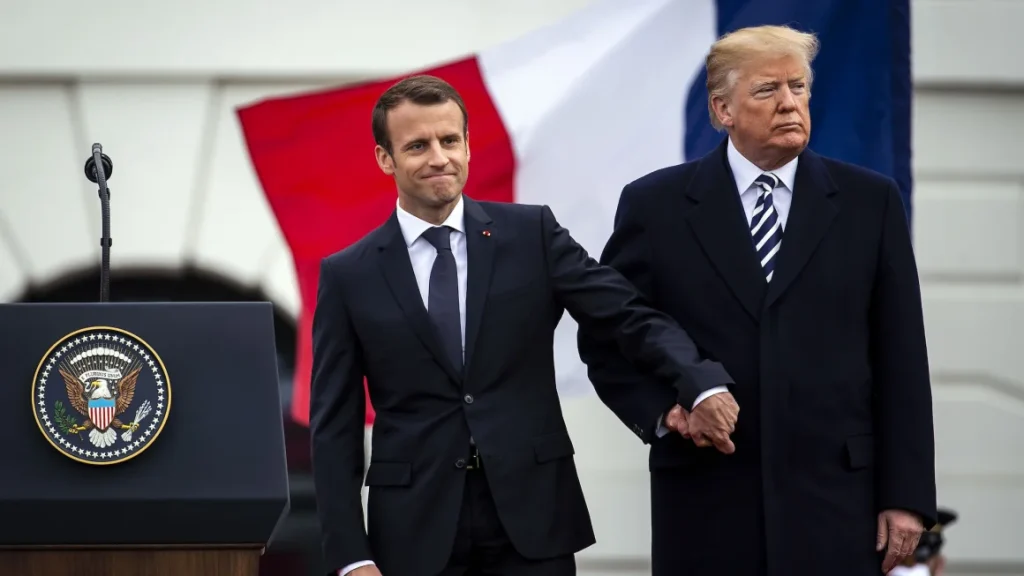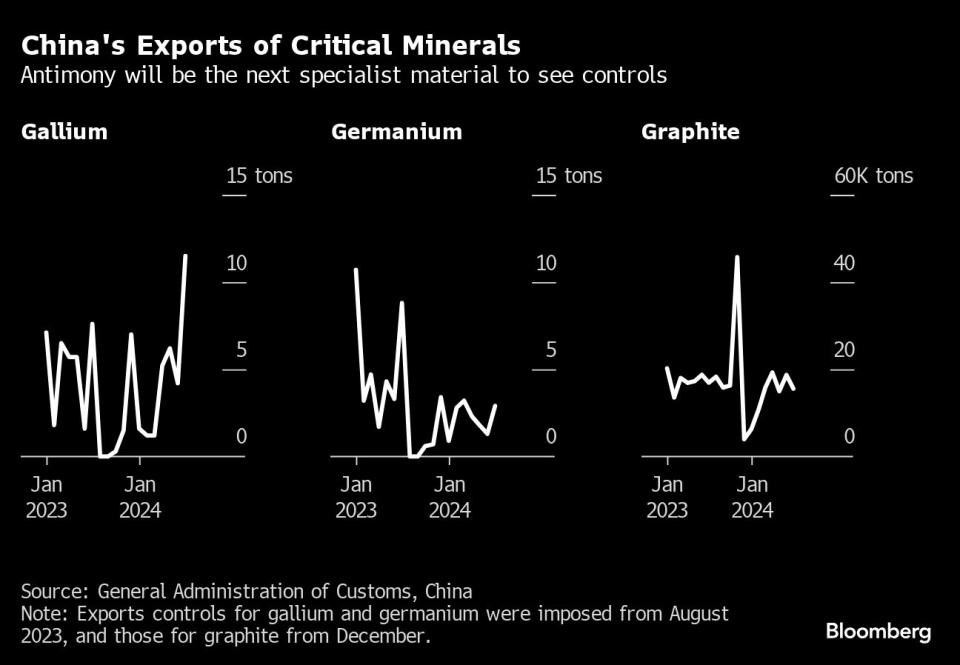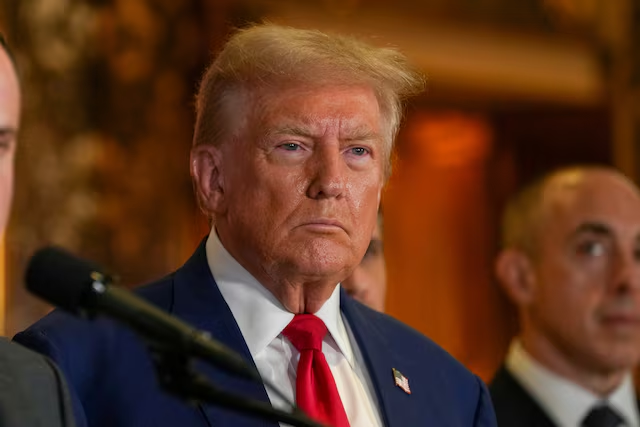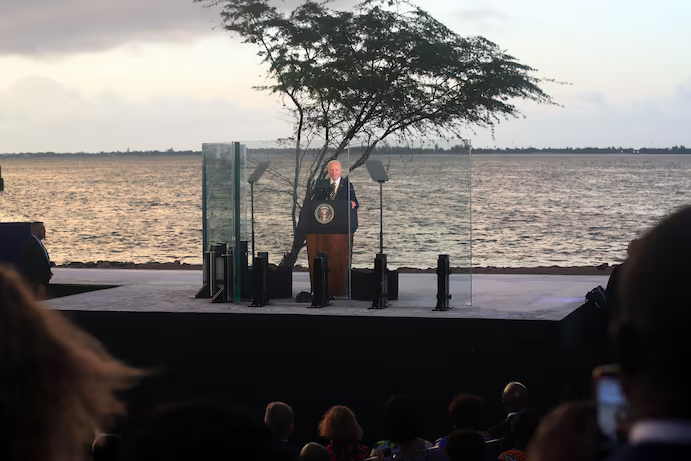What’s the history of the Panama Canal, and why is Trump threatening to retake control of it?
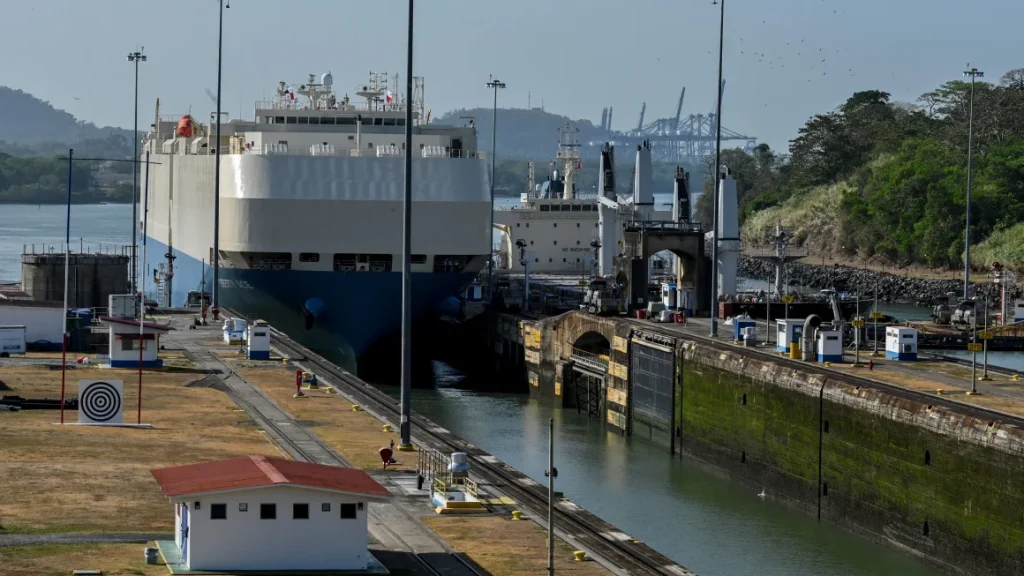
The Panama Canal, one of the most important engineering feats in the world, has a rich and complex history, marked by international power struggles, economic ambitions, and geopolitical tensions. Today, the canal stands as a vital shipping route that connects the Atlantic and Pacific Oceans, saving time and resources for global trade. However, in recent statements, former President Donald Trump has raised eyebrows by suggesting the possibility of the U.S. retaking control of the canal. This provocative remark has sparked debates about its historical significance and the contemporary relevance of U.S. influence over the waterway.
The Construction of the Canal
The idea of a canal connecting the Atlantic and Pacific Oceans dates back to the early 16th century when explorers like Vasco Núñez de Balboa envisioned the strategic advantage of such a route. However, it wasn’t until the 19th century that the project began to take shape, driven by the Industrial Revolution and the need for quicker trade routes between the oceans.
In 1881, French engineer Ferdinand de Lesseps, who had successfully built the Suez Canal, initiated the construction of the Panama Canal. Despite initial optimism, the project faced significant hurdles, including harsh terrain, deadly diseases like malaria and yellow fever, and financial problems. By 1889, the French project collapsed, with thousands of workers having died during the construction.
In 1904, the U.S. took over the project under President Theodore Roosevelt. The U.S. government secured control over the Canal Zone from Panama, which had recently gained independence from Colombia, in exchange for a lease agreement. The United States also embarked on a massive project to clear the land, build the locks, and eliminate the deadly diseases that had once plagued the area. With the help of the newly developed treatments for yellow fever, the construction was completed in 1914, creating a canal that dramatically shortened the shipping route between the Atlantic and Pacific Oceans.
U.S. Control and the Torrijos-Carter Treaties
For much of the 20th century, the United States maintained control over the Panama Canal, despite its strategic importance to Panama. However, as Panama’s political climate shifted in the 1960s and 1970s, calls for full sovereignty over the canal grew louder. These demands reached a peak during the leadership of General Omar Torrijos, the de facto ruler of Panama, who sought to negotiate with the U.S. for control of the canal.
In 1977, President Jimmy Carter and General Torrijos signed the Torrijos-Carter Treaties, which stipulated that the Panama Canal would be handed over to Panama in 1999. This marked the beginning of the end of U.S. dominance over the canal, with the formal transfer of control occurring at noon on December 31, 1999. Under these treaties, the United States was granted the right to defend the canal if necessary, but Panama would assume full control of its operations, administration, and security.
The transfer was a significant moment in both Panama’s history and in U.S.-Latin American relations. The move symbolized the end of an era of American imperialism in the region and was seen as a victory for Panamanian sovereignty. Despite initial concerns about Panama’s ability to manage the canal effectively, the country has successfully overseen its operation, contributing to the region’s economy and maintaining the canal’s importance as a global trade route.
Trump’s Threat to Retake Control
In recent years, former President Donald Trump has made headlines with his controversial remarks about the Panama Canal, threatening to retake control of it. His comments, which have sparked both confusion and concern, seem to be based on a belief that the U.S. made a strategic mistake in relinquishing control of the canal.
In 2019, Trump suggested that the U.S. could have “kept” the Panama Canal, stating that the canal was “one of the biggest mistakes” in U.S. foreign policy. He further argued that the U.S. should have maintained control over the canal for economic and strategic reasons. Trump’s comments were likely fueled by the canal’s continued significance in global trade, particularly as China has increased its presence in the region, investing in infrastructure projects in Latin America, including the expansion of the canal.
For many critics, Trump’s suggestion that the U.S. might retake the canal is both impractical and dangerous. The 1999 handover was a historic agreement between the U.S. and Panama, and it was seen as an important step in strengthening relations between the two countries. Moreover, any attempt to regain control would likely violate international law and provoke serious diplomatic tensions, not only with Panama but also with other nations that view such an action as a form of neo-imperialism.
Trump’s remarks have also raised concerns about his broader foreign policy approach, which often relied on unilateral actions and an “America First” mentality. His statements about the Panama Canal have been interpreted as part of a larger pattern of disregarding multilateral agreements and global partnerships, seeking to prioritize U.S. interests even at the expense of long-standing international commitments.
The Importance of the Panama Canal Today
Despite Trump’s comments, the Panama Canal remains a crucial part of global trade. Over the years, the canal has been expanded to accommodate larger ships, and it continues to handle a significant portion of international shipping. Approximately 5% of global trade passes through the canal each year, including key shipments of oil, consumer goods, and industrial products.
The canal has also become a focal point in the geopolitical competition between the U.S. and China. China’s increasing investments in Latin America and its involvement in the expansion of the canal have led to concerns in Washington about the region’s growing dependence on China. Some experts believe that the canal’s significance in global trade may influence future political and economic dynamics, with some arguing that the U.S. should reassert its influence in the region to counterbalance China’s growing presence.
The Panama Canal has a storied history marked by international conflict, engineering feats, and geopolitical significance. From its construction by the U.S. in the early 20th century to its eventual handover to Panama in 1999, the canal has played a central role in global trade and U.S.-Latin American relations. Former President Trump’s comments about retaking control of the canal reflect his broader approach to foreign policy, which often involved questioning previous international agreements and advocating for a more aggressive stance in defense of U.S. interests. However, such rhetoric overlooks the complexities of the canal’s history, its role in Panamanian sovereignty, and the diplomatic challenges that any attempt to regain control would pose. For now, the Panama Canal remains firmly under Panamanian control, serving as a vital link in the global shipping network.


